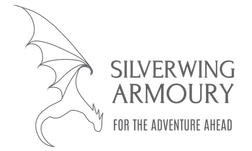|
Keeping track of all your treasure and loot that you've "found" along the way, especially in a long campaign, can get daunting. It's easy to keep a long list of all the things. Even easier, if you keep the list as one of your layouts. However, if you're anything like me, you tend to forget about "that cool thing you have in your pack" until it's too late. Even if you've meticulously itemized it in your notebook.
If you're a visual person like I am, here's an easy solution.
1 Comment
Part 2: For Dungeon/Game MastersThere is so much that goes into world building, let alone running a game. Bullet journalling is an analog productivity method that seeks to find efficient and meaningful ways to capture information. If we take that same premise and use it to plan and run our sessions, we'll end up working smarter and not harder. Layouts (or spreads, in bullet journal terms) help immensely to achieve this goal. And the best part, is that we don't need multiple notebooks or sections to do both world building or session planning. All we need to do, is go to the next available page in our campaign notebook. Below is what I've found has worked for me.
(Also, keep reading to the bottom of this post for an extra Dungeon/Game Master note-taking tip!) Lists are a broad category that can help your long-term campaign note taking in various ways. From lists of NPC contacts, to items & gear, to treasure, lists can help you organize information in easy to access ways.
Part 1: For PlayersOne of the biggest tips we recommend over and over again is that you need to make your notebook work for YOU. Whether you're the type of gamer who enjoys taking simple, bullet point notes or who enjoys journalling from the perspective of your character, you need a way to lay those scribbles out in a way that will make sense to you in the future. This comes in especially handy when you're trying to do things such as remember what NPCs you met three sessions ago or when it was that you encountered that group of gnolls just outside of town.
One way of doing this, is to create a layout (or a spread, in bujo terms) for each session you participate in. Here are some tips on creating your own layout, which can easily be adjusted to suit whatever you might need to capture. One of the primary features of our campaign notebooks is the front index. Borrowing from the bullet journal (bujo, for short) model, it eliminates the need to divide your notebook into sections and allows you to just use the next available page to take your notes. Here are some tips that will help you get the most our of your front index.
The Silverwing Armoury notebooks were born out of necessity. Influenced by the bullet journal (bujo) method, our creator and designer, Veronica, hands out some quick tips on how you can simplify your in-game notetaking, whether you're playing in one campaign or more. For a more in-depth look on how to maximize the use of your campaign notebook, check out our HOW TO Series.
|
AuthorSilverwing Armoury designs & creates gaming goodies, RPG resources, and nerdy necessities for all tabletop gamers. Archives
June 2022
Categories |
|
Copyright © 2018-2022 Silverwing Armoury
|
|


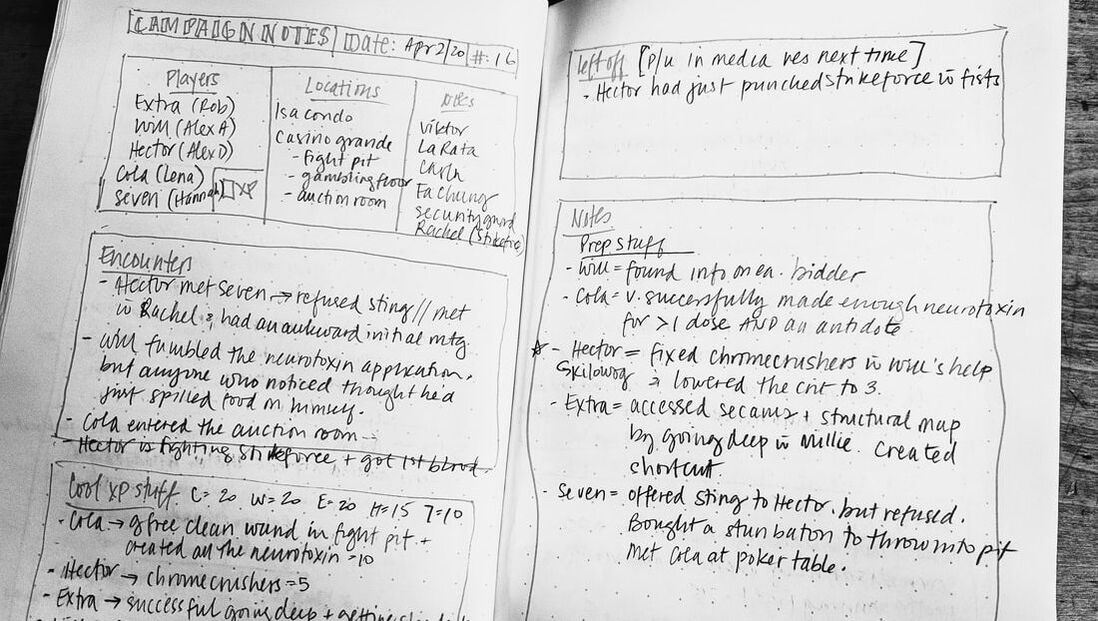
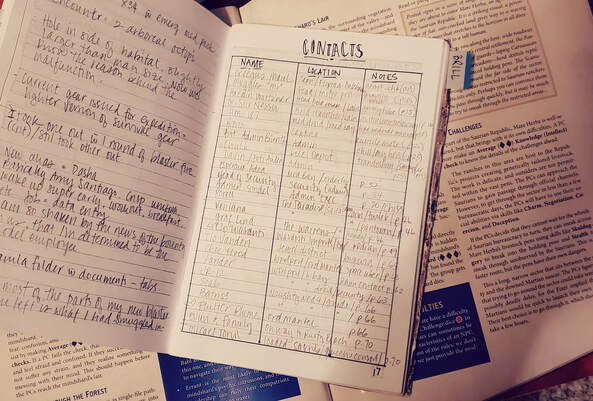
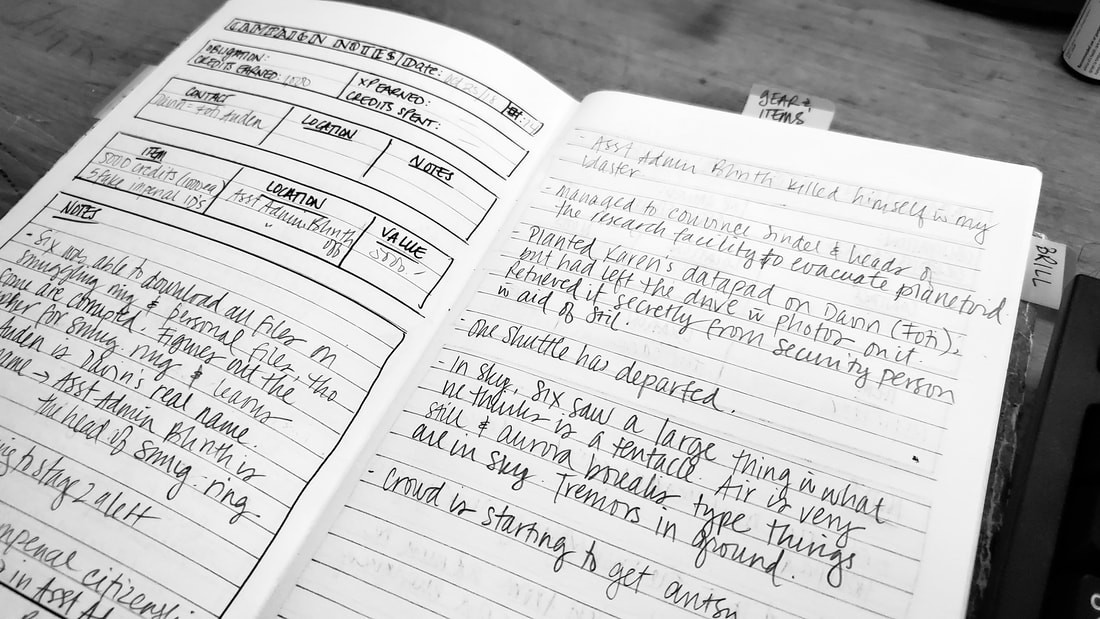
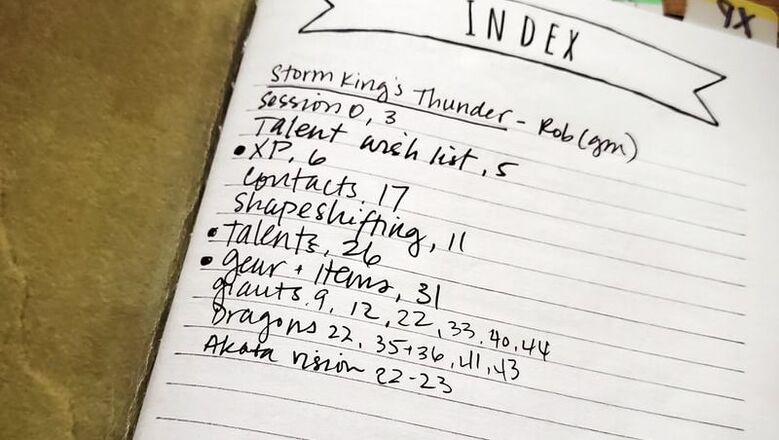
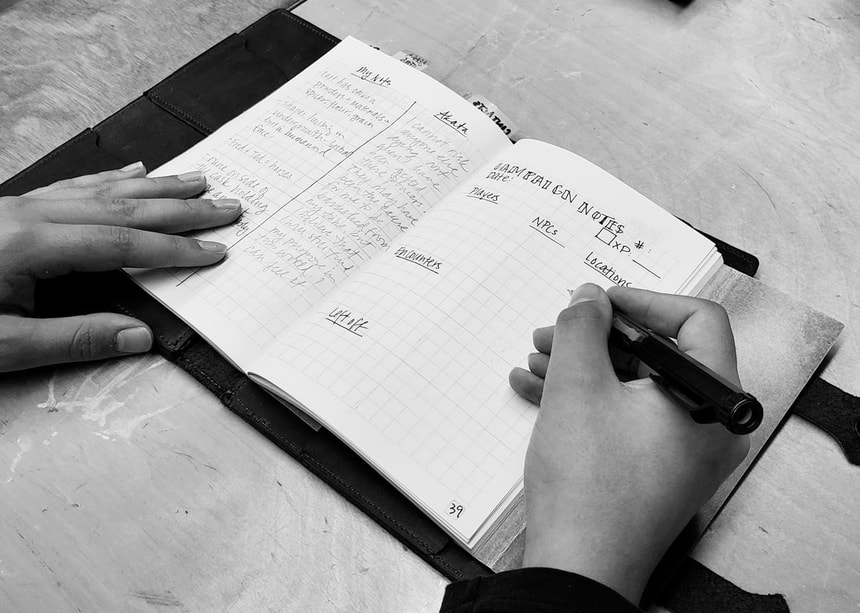
 RSS Feed
RSS Feed
